 That's columnist Chris Foste is a bearded beer fanatic whose frothy pint glass of knowledge flows over with wisdom on the wetting of one's whistle.
That's columnist Chris Foste is a bearded beer fanatic whose frothy pint glass of knowledge flows over with wisdom on the wetting of one's whistle.
Rice or noodles? Movies or TV series? Aisle or window seat? The light side or the dark side? Which one will you choose? Slicing the tension between Anakin and Luke is a serious matter in a galaxy far, far away, but mostly these decisions don’t have a serious bearing over our lives.
They are merely a question of preference. No matter which choice is made, we still reach the same destination; it just depends on how you want to get there.
The same can be said about beer choices. While the beer universe is ever expanding, every glass of liquid gold stems from two different families of beer – ales and lagers.
Whether you pound porters, sip saisons, indulge in IPAs, down dunkels or wafer in wheat beers, all beer can be broken down into either an ale or a lager. But what is the divergence that sets these two styles apart? The simplest answer would be the strains of yeast used to brew each style.
But we are not here for the easy answers. We are here to delve deep into the beer glass and examine exactly what brings the power to the pint.
Here's everything you need to know about the basics of beer.
Ales
Ever drank a dark beer? Unless it was from Germany, chances are that beer was an ale.
Ales tend to be hardier, fruitier and a more robust beer that has a tendency to ooze a cornucopia of flavors. Unless the beverage being consumed is a mass-produced big-brand beer, it’s highly likely that beer in your hand is an ale.
Ales and lagers use different strains of yeast that invoke a multitude of flavors and aromas. The general yeast strain used to brew ales is called Saccharomyces cerevisiae. This yeast is known as a top-fermenting yeast, as it generates a thick cover on top of the sugary soon-to-be-beer mixture (called wort) that is resting in a fermentation tank.
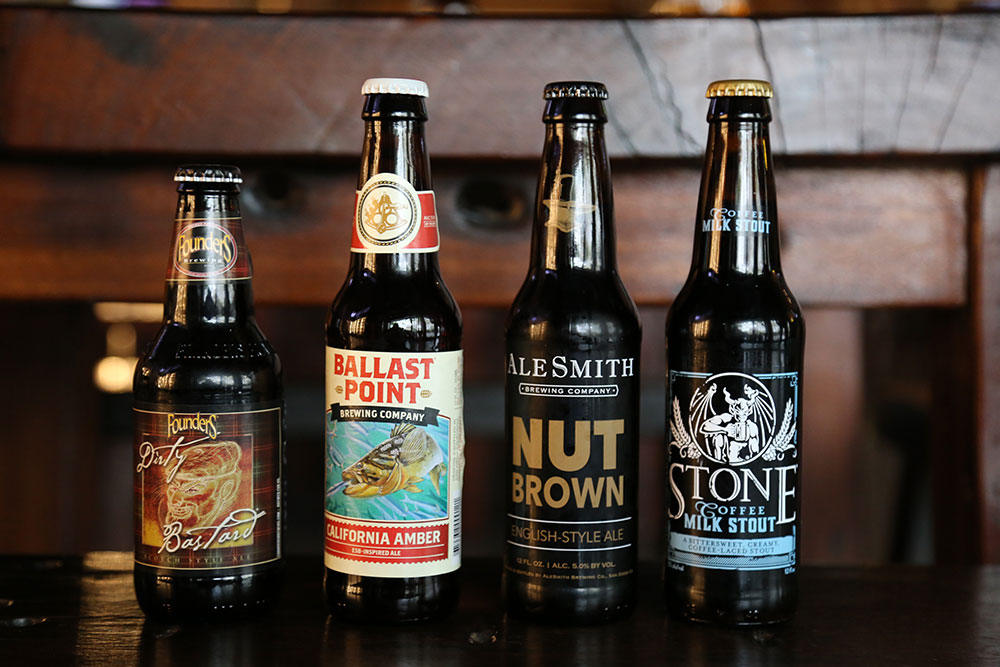
Ales are darker, fruitier, usually higher alcohol content, cloudier in appearance, more robust in flavor, faster in fermentation and tend to hold more bitterness. Photo by Betty Richardson
Saccharomyces cervisiae is perfect for ale production, as it reaches the peak level of fermentation within a wide range of temperatures. This allows for the beer to be brewed in various climates, and tends to be easier on the typical home brewer, who may not have access to proper temperature regulation equipment.
Along with temperature, Saccharomyces cervisiae is resilient enough to breakdown any amount of simple sugars remaining in the wort. This means that beers of any alcohol strength can be brewed with ale yeast. If the beer is above six percent ABV, then it’s probably an ale. While brewing is an art of maintaining absolute quality control, there is a wee bit of room for error when it comes to brewing ales.
Due to the large range of brewing conditions for ales, it is the larger of the two beer families. Styles of ales include pale ale, IPA, stout, porter, amber, brown, sour/saison, Belgian and wheat beer. The last bit of ale information? Any style of ale takes very little time to complete fermentation, thus a batch can be brewed in two weeks. Some can even be finished within 10 days.
Lagers
If ales would be that older sister who is bold, brazen, and constantly cycling through different phases, then lager beers are the calm, classy and collected younger sibling. Lagers focus mainly on the malts, rather than the fruity and floral hops that tend to identify ales. They possess the characteristics that are most often associated with beer – light, crisp and very drinkable.
The yeast strain used for lagers is called Saccharomyces pastorianus and is an accidental hybrid yeast, combining a South American strain with a European species of yeast. This strain was created in the early 1500s, when European explorers unknowingly brought it back with them from their adventures to the new American worlds. Eventually the Germans stumbled upon this newly formed yeast strain and began using it while they brewed in caves during the winter.
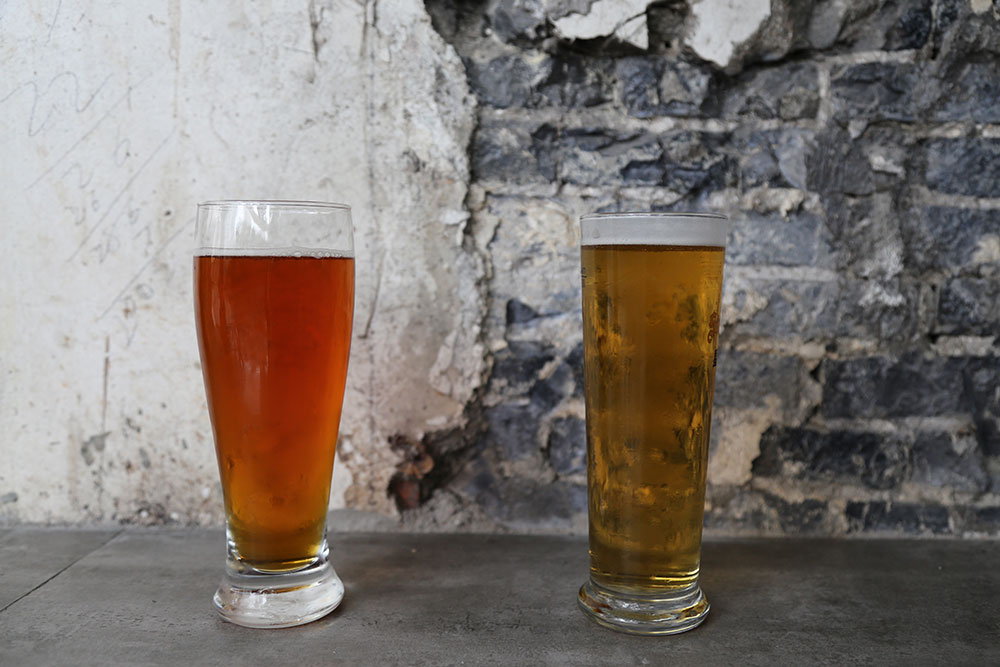
Lagers possess the characteristics that are most often associated with beer – light, crisp and very drinkable. Photo by Betty Richardson
Brewing beer in warmer or hot climates is very difficult, if not completely impossible, so often beer would be brewed en masse during the winter to ensure the stores would be in sufficient supply for the summer months. During the 1500s, brewers knew the steps they must follow in order to produce beer, but the science behind it was still a mystery. The knowledge of yeast strains for fermentation was extremely young and there was little to no information on this subject.
This, in turn, allowed for natural selection to take control during the brewing process. Since Germans preferred brewing in winter, the cold resistant Saccharomyces pastorianus, lager yeast, would survive the frigid months, while ale yeasts would die off. This yeast strain was unlike the ale yeasts that brewers were familiar with, as no thick coating formed on the fermenting wort, but instead the yeast would fall to the bottom of the fermentation vessel, thus dubbing lager yeast a bottom-fermenting yeast.
Why Lagers Are More Common
In 1553, the decree of Bavaria’s Duke Albrecht V stated that no brewing shall take place during the summer. With this new law, lager beers began to thrive in Germany, and the country quickly became known for its clear and crisp lagers.
However, the process of brewing lager is more tedious and requires more time than ale. First, the brewing temperatures must be precise, as the temperature range for peak fermentation is lower and much more constricted than ales. After fermentation, the beer must sit in a cold place for weeks while the beer mixture undergoes a process called cold conditioning.
During this time, brewing particles in the beer, such as excess hops, yeasts and proteins, sink to the bottom of the fermentation vessel, leaving a bright and clear liquid remaining. This method of clearing the beer of sediment can take anywhere from three to six weeks.
For hundreds of years, lagers have undergone this process, allowing for a crisp, malty beer. Mainly due to the restrictions of Germany’s beer brewing purity law, known as the Reinheitsgebot, the technique to making lager is largely unchanged, and will always yield a light and unclouded beverage. Lagers are the more difficult of the two styles to achieve, but with such a smooth outcome, beer drinkers around the world never complain.
Also, due to the fragile nature of lager yeast and the conditions in which it must ferment, large amounts of sugars cannot be refined into alcohol. Thus, the subsequent results are generally lighter than ales, and outside of bock lagers, they almost never exceed six percent alcohol by volume. Styles of lagers include pilsner, helles, bock (strong lager) and dunkel (dark lager).
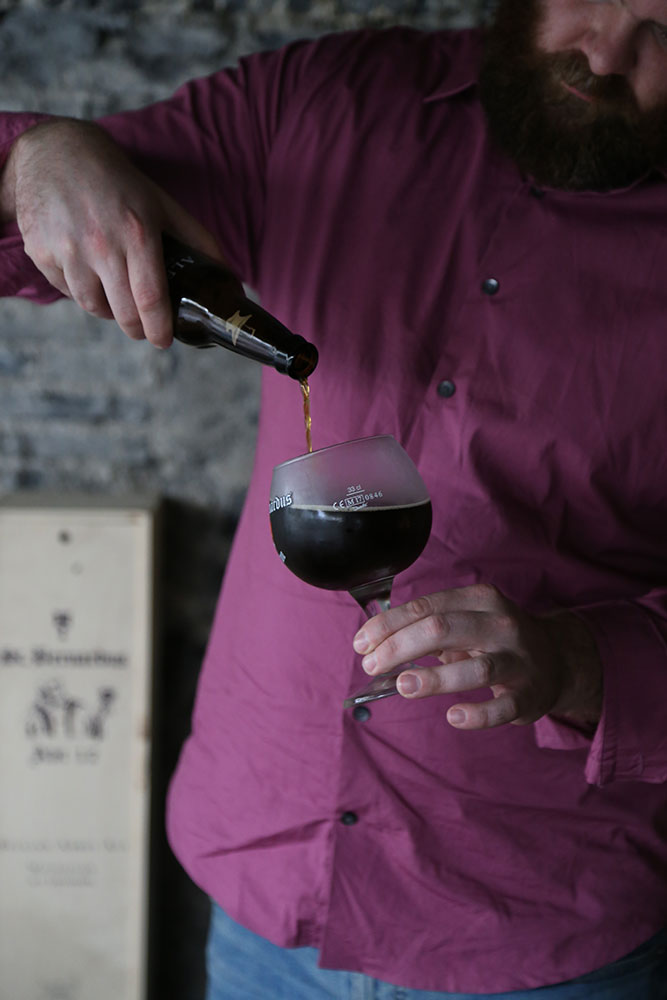
Ales tend to be hardier, fruitier and a more robust beer that has a tendency to ooze a cornucopia of flavors. Photo by Betty Richardson
When brewing a lager, regardless of style, the overall results are roughly the same. However, ales are known to be quite erratic with their end result. There are no specific guidelines to follow when making an ale, thus the aftermath of the ensuing brew has a much wider range of possibilities.
The beer could be as light-bodied as an Irish Red, or as heavy as an imperial stout; ale has the capability to fulfill a brewer’s most insane visions. Playing with the different flavor combinations of ingredients, as well as the addition of fruity undertones provided by ale yeast, brew masters around the globe put their imagination to the test when developing new ales.
So Which One's Better?
All in all, the breakdown looks like this. Ales are darker, fruitier, usually higher alcohol content, cloudier in appearance, more robust in flavor, faster in fermentation and tend to hold more bitterness. Lagers, on the other hand, are lighter with a clear appearance, lower alcohol content, ferment slower and are sweeter, smoother and maltier to taste.
Of course, there are some instances in which the roles of fermentation are reversed, such as the method of steam brewing, which consists of brewing a lager beer at the temperature of an ale.
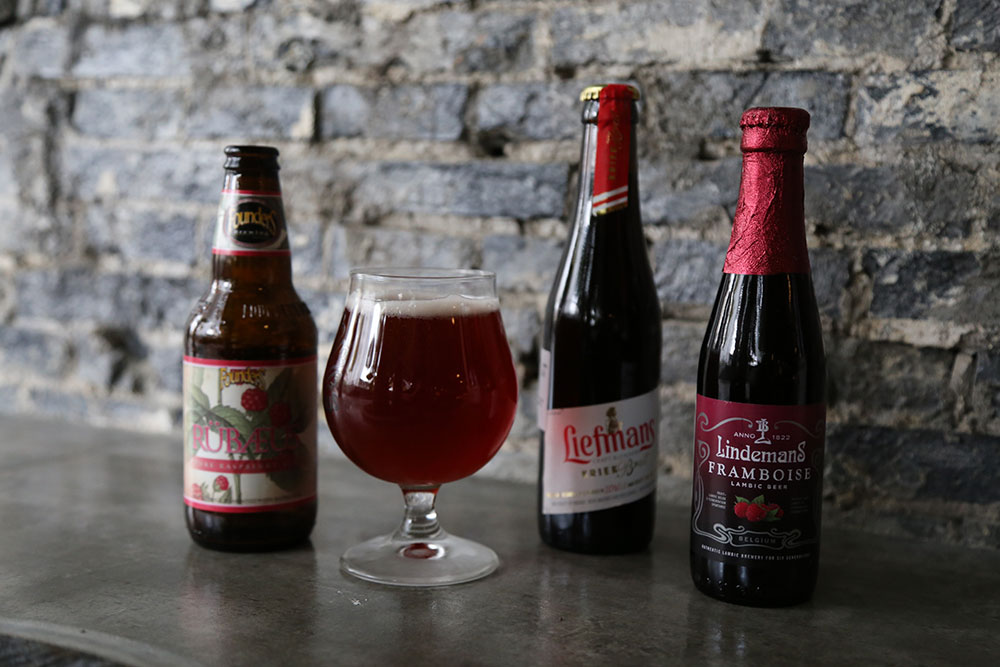
There are no specific guidelines to follow when making an ale, so there's a much wider range of possibilities. Photo by Betty Richardson
The possibilities of brewing for either type are unequivocally endless. Brewers are either going to employ a tried and true method to create something that they know everyone will love, or strain the depths of their creativity and develop a unique beer that catches the intrigue of all who seek new flavors. The endeavor of brewing beer is truly an empty canvas of creativity, which continually flourishes amongst the masters of the malts.
Never be afraid to try a new style. Quench your curiosity. You just might find something you like.
All photos by Betty Richardson.
Read more of Foste's columns
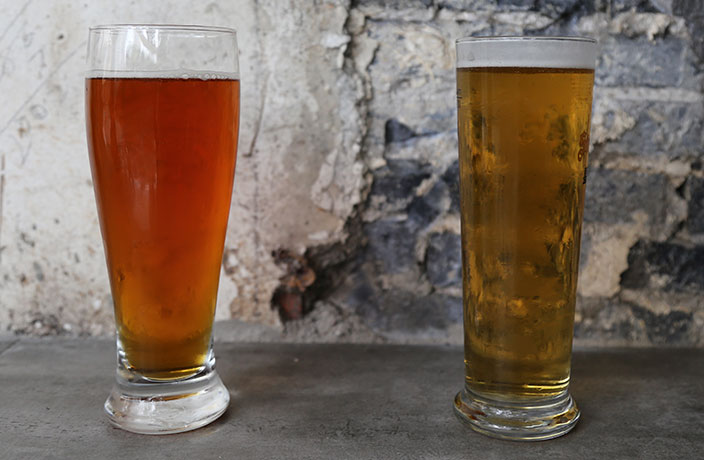




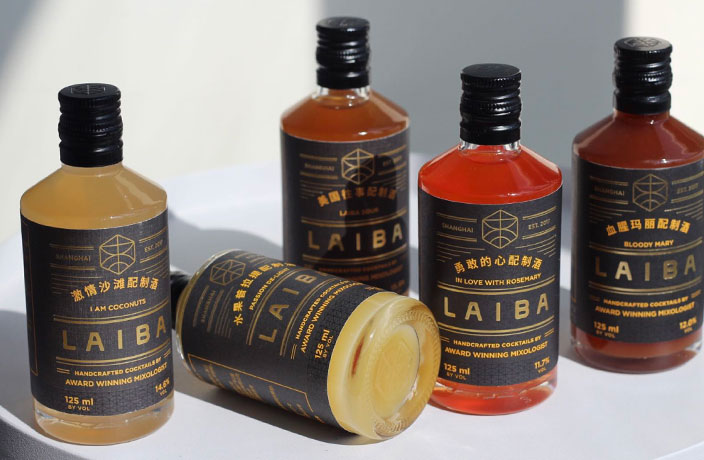
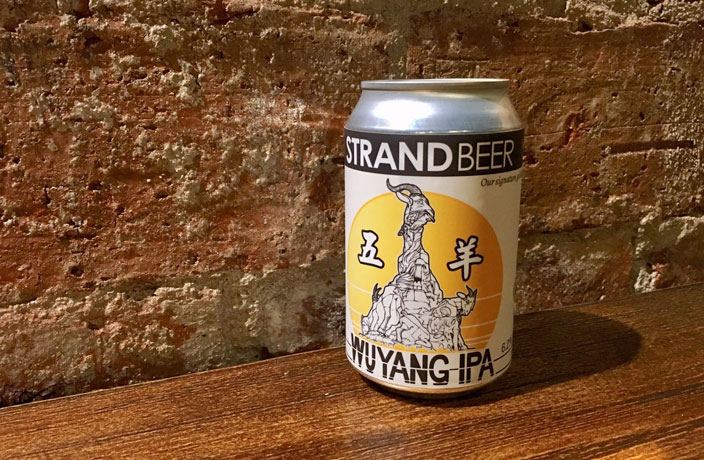















0 User Comments